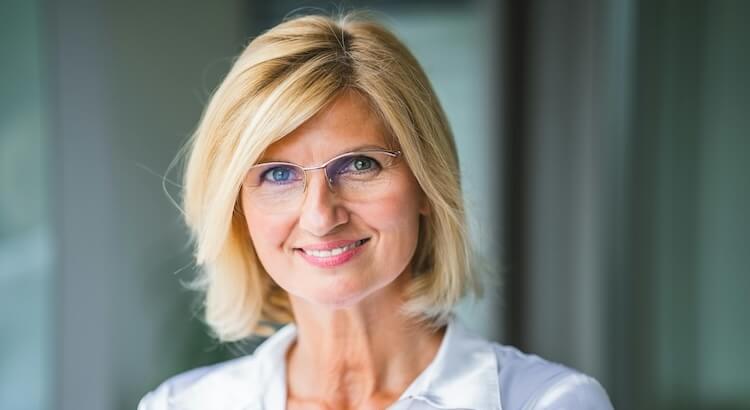How to Improve Typing Speed: 6 Easy Tips for Transcriptionists
Typing speed and accuracy are key skills for any transcriptionist. If you want to transcribe audio files quicker and with fewer errors, focusing on both your listening abilities and how fast you type is essential. This article covers six practical tips to help you boost your typing speed and accuracy, making your work more efficient and reliable.
Why Fast and Accurate Typing Matters for Transcriptionists
Transcriptionists listen to audio and type out what they hear, whether it's interviews, podcasts, or lectures. The faster and more accurately you type, the more productive you become and the more files you can complete.
- Efficient typing saves you hours on every project.
- High accuracy means fewer revisions and happier clients.
- Typing errors can distort context, leading to misunderstandings.
- When working with transcription services, your speed and accuracy directly affect your output and earnings.
According to ratatype.com, the average typing speed is about 40 words per minute. However, skilled transcriptionists can reach up to 70 or 80 words per minute (2024).
6 Effective Ways to Improve Typing Speed and Accuracy
1. Practice Touch Typing Daily
Touch typing means typing without looking at your keyboard. This technique helps you type faster and with fewer mistakes because your fingers learn where each key is located.
- Use typing tutors like TypingClub or Keybr for daily practice.
- Start slow, focus on accuracy, and increase speed over time.
- Practice different key patterns, like rows, letters, and numbers.
Practice for at least 10-15 minutes every day. Consistency leads to improvement.
2. Set Clear Goals and Track Your Progress
Challenging yourself with specific typing goals can make you progress faster. For example:
- Aim to transcribe one minute of audio in two minutes.
- Once you reach your goal, shorten the time and work towards one-to-one speed.
- Regularly review your progress to identify areas needing improvement.
Tracking progress keeps you motivated and helps you spot patterns in your mistakes.
3. Use the Right Tools and Equipment
The correct setup can dramatically boost both speed and comfort while typing. Important items include:
- Ergonomic chair and workstation to support your back and arms.
- A quality keyboard suited to your typing style.
- Noise-canceling headphones for clear audio playback.
- A foot pedal for audio control, letting your hands focus on typing.
Good tools not only increase productivity but also reduce fatigue and errors (Ergonomics Journal, 2022).
4. Take Online Typing Tests Regularly
Typing tests help measure your speed and accuracy in real time. They also pinpoint which keys or words cause you trouble.
- Use free online tests such as 10FastFingers or Typing.com.
- Record your results weekly and see where you improve.
- Focus extra practice on the weak spots highlighted in your results.
Typing tests make your improvement tangible and highlight where to focus next.
5. Practice with Audio Files
Since transcription depends on your ability to type what you hear, it is helpful to practice using actual audio clips. You can:
- Download sample files with different accents and speaking speeds.
- Try automated transcription tools, then manually proofread the generated text.
- Practice correcting common mistakes and understanding tricky audio.
Frequent practice helps you adapt to different voices and increases your confidence.
6. Proofread As You Transcribe
Accuracy is as important as speed. Proofreading while typing helps catch errors early and reduces time spent correcting mistakes later.
- Reread each sentence or section as you finish typing.
- Learn to spot and fix typos and misheard words promptly.
- Consider using transcription proofreading services for extra accuracy.
Proofreading as you go is an effective way to maintain high quality and reduce editing time after you finish your first draft.
Extra Tips to Boost Typing and Transcription Skills
- Maintain a healthy posture to prevent hand and wrist strain.
- Take regular breaks to avoid fatigue and maintain concentration.
- If you type in multiple languages, practice each one to retain speed and accuracy.
- Explore AI transcription subscription options for fast, automated transcripts you can review and edit.
- Use text translation services if you transcribe non-English audio.
How GoTranscript Can Help You Succeed
Improving typing speed and accuracy requires consistent practice, clear goals, and the right tools. By using these six strategies, you can become a more efficient, accurate, and reliable transcriptionist.
If you need help with transcription, subtitles, closed captions, or translations, GoTranscript offers professional solutions tailored to your needs. Explore their range of services, including closed caption services, subtitling services, and affordable transcription pricing. Ready to get started? Order transcription or order captions today to save time and boost your productivity.



















 Verified Order
Verified Order